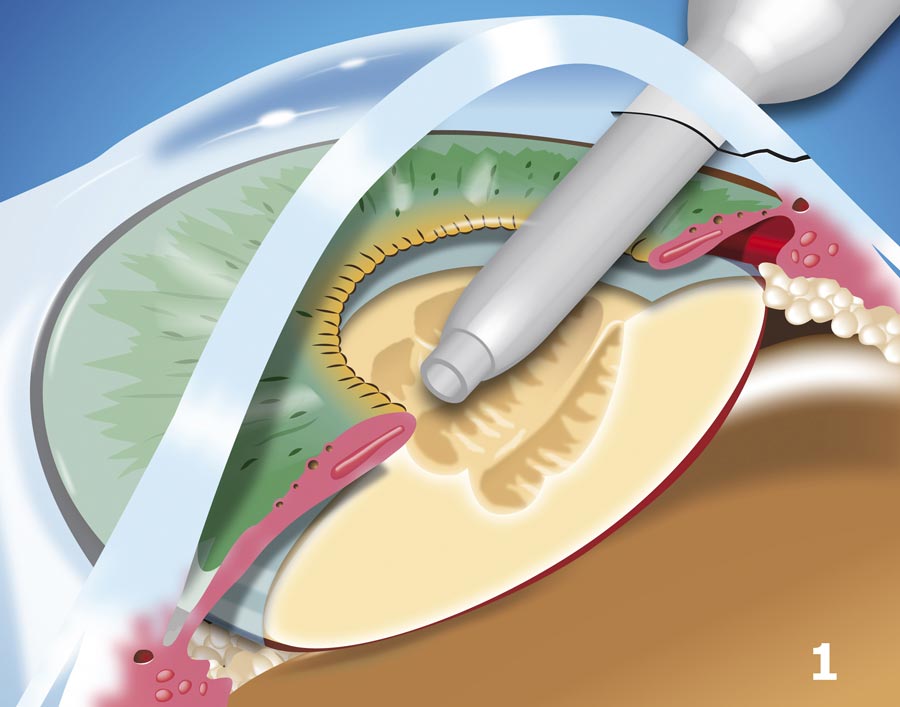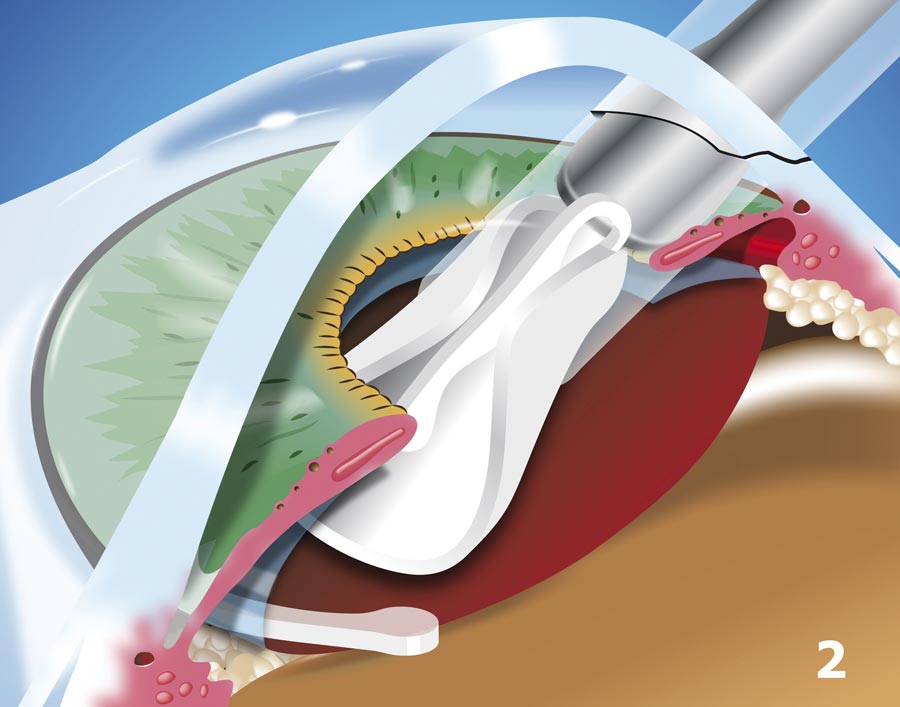What is Cataract?
What Are Cataracts?
Cataracts are a common eye condition, especially in older people aged 65 and above. They result from the natural aging of the eye's lens but can also occur due to accidents or being present at birth.
Symptoms: Cataracts cause a gradual, painless clouding of vision. People with cataracts might notice their vision becoming hazy, making it challenging to see clearly, especially in low light. It can also lead to nearsightedness and difficulty driving at night.


Treatment: Cataracts can be treated through a straightforward surgical procedure. During this surgery, the cloudy lens is removed, and an artificial lens is implanted to restore clear vision. Modern cataract surgery is minimally invasive, taking about 30 minutes. It typically involves using ultrasound to break up the cataract and inserting a new lens through a small incision. After the procedure, patients might be prescribed eye drops and should avoid water contact for around two weeks.


The latest advancement in cataract treatment is the bladeless cataract treatment known as FLACs (Femtosecond-Laser Assisted Cataract Treatment). This is another option for patients with late-stage cataracts (late-mature or hyper-mature) where the lens is quite solidified and dense making an ultrasonic breakdown much more difficult and harder for surgeons to manipulate and maneuver the lens removal technique. By using the FLACs, a femtosecond laser can break down the lens into a guideline making the ultrasonic break-up much more precise and easier. This makes the entire cataract treatment process bladeless.
Types of Lenses: There are different types of intraocular lenses (IOLs) available, including mono-focal lenses for clear vision at a specific distance and multifocal lenses that provide clear vision at multiple distances, reducing the need for glasses.
Post-Surgery Care: After cataract surgery, it's important to take prescribed medications and avoid activities that can strain the eyes. Follow-up appointments with your doctor are necessary to monitor your progress.
10/989 Soi Prasertmanukij 33 Nuanchan Buengkum District Bangkok 10230
